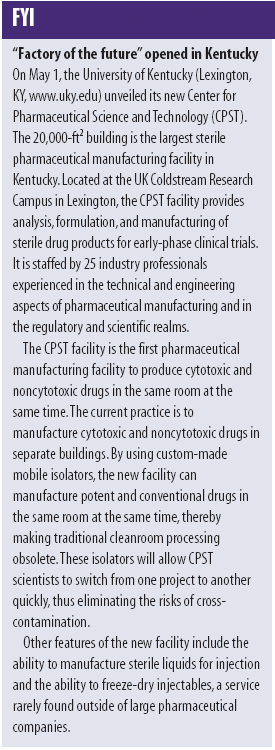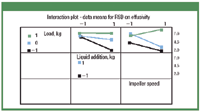
OR WAIT null SECS
- About Us
- Advertise
- Contact Us
- Editorial Info
- Editorial Advisory Board
- Do Not Sell My Personal Information
- Privacy Policy
- Terms and Conditions
© 2025 MJH Life Sciences™ , Pharmaceutical Technology - Pharma News and Development Insights. All rights reserved.
Standing Up for the Little (Molecule) Guy
Does "personalized medicine" mean personalized treatment or personalized molecules, custom made for a patient's specific biology?
Does "personalized medicine" mean personalized treatment or personalized molecules, custom made for a patient's specific biology?
It's time again to wrap up in geezer-guise, to don the curmudgeonly trappings: the worn, brown cardigan frayed at the wrist and elbow; the carpet slippers; the battered, old briar pipe that won't stay lit; and, of course, the rheumy, yet jaundiced eye.
Douglas McCormick
Since the first of the year, I've had a number of argum...er, discussions, about the ultimate roles of large- and small-molecule therapeutics.
Certainly, the investment markets are bullish about biotech, with some $17 billion invested in biotechnology companies during 2005. One wonders how much investment small-molecule start-ups won during the same period.
Suppliers, too, are looking to biotechnology for their sales growth—though equipment, supplies, and services for the small-molecule end of the business continue to provide the lion's share of the current cash flow.
The dyspeptic comments in last month's column about April's BIO 2006 (the phrase "gold-camp atmosphere" may have been used) could have sprung from self-interest: my bread is buttered with small molecules.
But let's look at some of the 2005 numbers. According to Ernst & Young's Beyond Borders: Global Biotechnology Report 2006 released at BIO, 329 public American biotech companies pulled in $47.8 billion in revenue, spent $16.0 billion on R&D, and lost a net $2.1 billion—but ended the year with a combined market capitalization of $410 billion.
Steve Burrill, of Burrill & Co., offered slightly different numbers for public biotech companies worldwide: 363 companies chalked up $71.5 billion in revenues, $2.1 billion in net losses, and attained an aggregate market cap of $490 billion.
Now, consider Pfizer. On its own, the company reported 2005 revenues of $51.3 billion, R&D spending of $7.4 billion, a net income of $8.1 billion, and a market capitalization of $180 billion. Or take Johnson & Johnson, with 2005 revenues of $50.5 billion, a $10.4-billion net, and a $174-billion market cap.
Of the ten top-selling drugs tabulated by IMS Health (in a Feb. 27, 2006, report), all are small-molecule products (though erythropoietins show up as number seven among the top ten therapeutic categories).
Don't get me wrong: the biotechnology revolution may be over (and, indeed, has been over for a long time), but that's only because biotech won. I doubt there is a serious drug R&D program anywhere in the world that does not use molecular biology and all of its omic progeny to find and evaluate drug candidates. Any research organization that might have been bioskeptical was sold or folded by the mid-1990s.
No, the discussions were about whether protein and polypeptide therapeutics will dominate a treatment landscape given over, in Burrill's words, to "the three Ps": personalized, predictable, and preventive medicine. And there, the situation gets murkier.
Personalized medicine is a very attractive concept. The problem is, I still can't figure out whether it means personalized treatment (using genetic, phenotypic, and medical-history data to craft an individualized approach using standard tools) or personalized molecules, made at need to address the patient's specific biology? Or, perhaps, some hybrid of the two?
On the one hand, proteins are integral to the bodily systems that we tweak to treat or cure disease. The system has evolved brilliantly to allow rapid reconfigurations to produce highly specific activity. Biotech systems, extensions of the patient, are ideally suited to tailoring medicines for the patient.
On the other hand, proteins can be expensive to make, hard to purify, and unstable. They require refrigeration and injection. As a specific protein becomes more and more successful, it creates a stronger and stronger incentive to engineer the same activity into a more stable, orally deliverable, small-molecule product. The science that gave us protein therapeutics has also given us the insights needed to build protein mimetics. There may thus be some upper bound to how successful a protein therapeutic can be.
Or maybe not.
But I'm not going to start selling small molecules short any time soon.
Douglas McCormick is editor in chief of Pharmaceutical Technology, dmccormick@advanstar.com



